How to Stop Your Dog from Resource Guarding
Understanding Resource Guarding
Resource guarding in dogs is a complex behavior often rooted in a mix of instinctual drive and learned responses. Dogs, like many animals, instinctively protect things they perceive as valuable, including food, toys, and even their human companions. This instinctual drive, when coupled with a lack of proper socialization and training, can manifest as resource guarding. Dogs may feel threatened when another animal or person approaches their prized possessions, leading to defensive postures and behaviors.
It's crucial to recognize that resource guarding isn't necessarily a sign of aggression, but rather a display of anxiety and fear. Often, the dog is simply trying to protect something they deem essential for their well-being. A thorough understanding of the underlying causes is essential for implementing effective solutions.
Furthermore, improper training or lack of experience with managing resources can lead to the dog associating certain objects or situations with a need for protection. This learned behavior reinforces the guarding instinct over time, making it more difficult to address. Addressing this learned behavior requires patience, consistency, and a focus on positive reinforcement.
Addressing the Triggers and Preventing Future Issues
Identifying the specific triggers for resource guarding is vital to implementing effective solutions. Is it a particular toy, a specific type of food, or the presence of other dogs or people? Pinpointing these triggers allows owners to create strategies designed to proactively manage these situations. For example, if the guarding behavior is triggered by the presence of other dogs, introducing controlled, supervised interactions in a positive environment can help desensitize the dog to these triggers.
Beyond identifying triggers, proactive measures, such as providing ample opportunities for the dog to engage in appropriate activities and play with appropriate toys, can help satisfy their needs. This can alleviate some of the anxiety and stress that can contribute to resource guarding behaviors. Ensuring the dog receives adequate exercise and mental stimulation is also crucial for maintaining a healthy and balanced temperament.
Finally, consistent and positive reinforcement training techniques can build a dog's confidence and trust in their owner. This improved relationship can significantly reduce the likelihood of the dog resorting to guarding behaviors.
By understanding the triggers and implementing preventative measures, owners can create a more positive and less stressful environment for their dogs, reducing the likelihood of future resource guarding incidents. This proactive approach helps to address the root causes of the behavior, rather than simply reacting to it.
A professional dog trainer can provide valuable insights and guidance in developing a tailored plan to address resource guarding in your specific dog.
Implementing Counter-Conditioning Techniques
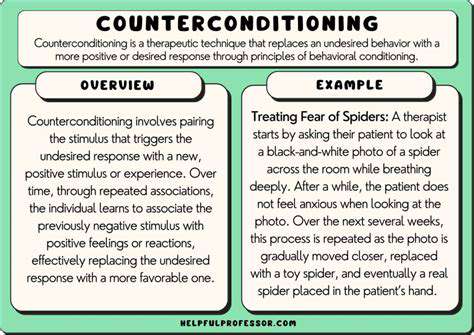
Understanding Counter-Conditioning
Counter-conditioning is a therapeutic technique used in behavioral therapy to modify unwanted behaviors by pairing an undesirable stimulus with a desirable one. This process aims to weaken the association between the unwanted stimulus and the negative response it elicits, gradually replacing it with a more positive or neutral one. It's a powerful tool in helping individuals overcome anxieties, phobias, and other maladaptive behaviors. By systematically introducing a new, positive association, counter-conditioning can lead to significant behavioral changes. The core principle is to gradually expose the individual to the feared stimulus while simultaneously introducing a relaxing or enjoyable experience.
The process is often tailored to the individual's specific needs and challenges. It involves careful consideration of the specific triggers and responses involved, allowing for a personalized approach to treatment. This approach allows for a gradual and controlled exposure to the feared stimulus, minimizing anxiety and maximizing the effectiveness of the therapy. The goal is to ultimately break the link between the feared stimulus and the negative response, creating a new, more adaptive association instead.
Techniques and Applications of Counter-Conditioning
Various techniques can be employed within counter-conditioning, each with its own application. Systematic desensitization, for example, involves gradually exposing the individual to increasingly anxiety-provoking stimuli while practicing relaxation techniques. This gradual exposure helps reduce the fear response over time. Another technique is aversive conditioning, where an unpleasant stimulus is paired with an unwanted behavior. This method aims to create a negative association with the behavior, making it less appealing.
Counter-conditioning can be applied to a wide range of issues, including phobias, substance abuse, and even certain medical conditions. It's a versatile technique that can be adapted to address various challenges and tailor the approach to each individual's needs. This flexibility makes it a valuable tool in a therapist's arsenal. By working closely with a qualified professional, individuals can explore the potential of counter-conditioning for achieving lasting behavioral changes.
In the treatment of phobias, for example, a therapist might use counter-conditioning to help a client overcome a fear of dogs. Initially, the client might simply be exposed to pictures of dogs at a safe distance. Gradually, the exposure could progress to videos of dogs, then interactions with dogs from a distance, culminating in direct interaction with dogs. Simultaneously, relaxation techniques are employed to manage anxiety throughout the process. This gradual exposure and relaxation practice can significantly reduce the fear response over time, replacing it with a more positive association.
Read more about How to Stop Your Dog from Resource Guarding
Hot Recommendations
- Funny Things My Fish Do
- Common Livestock Illnesses as Pets
- The Story of How My Cat Became Friends with [Other Animal]
- Guide to Summer Pet Care [Tips for Heat]
- How to Care for a Ferret
- Best Pet Health Tracking Apps
- How to Volunteer at Your Local Animal Shelter
- How to Prepare for a Pet Emergency [Checklist]
- Tips for Managing Pet Diabetes at Home
- My Story of Fostering a Bird

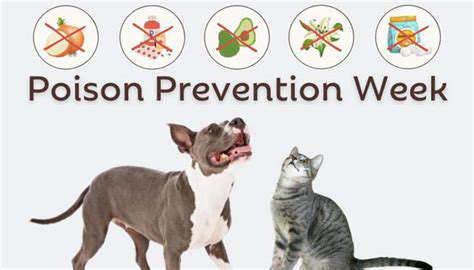
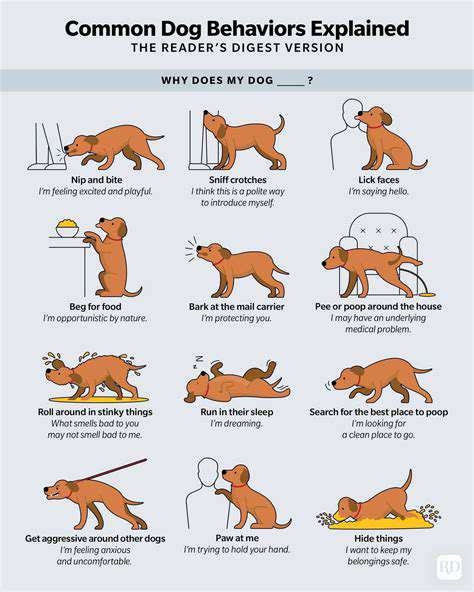
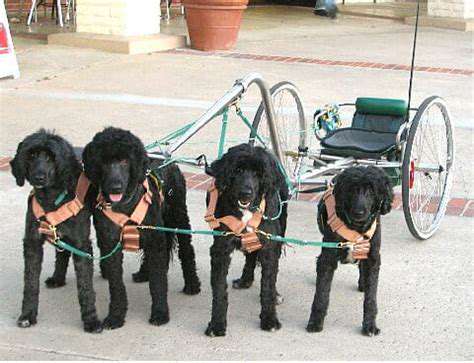

![Review: The [Specific Brand] Smart Pet Feeder](/static/images/33/2025-05/ConnectivityandAppIntegration3AASeamlessExperience3F.jpg)




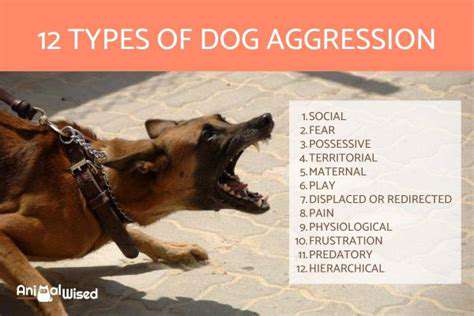
![Review: [Specific Brand] Pet Water Fountain](/static/images/33/2025-07/ProductOverviewandFeatures.jpg)